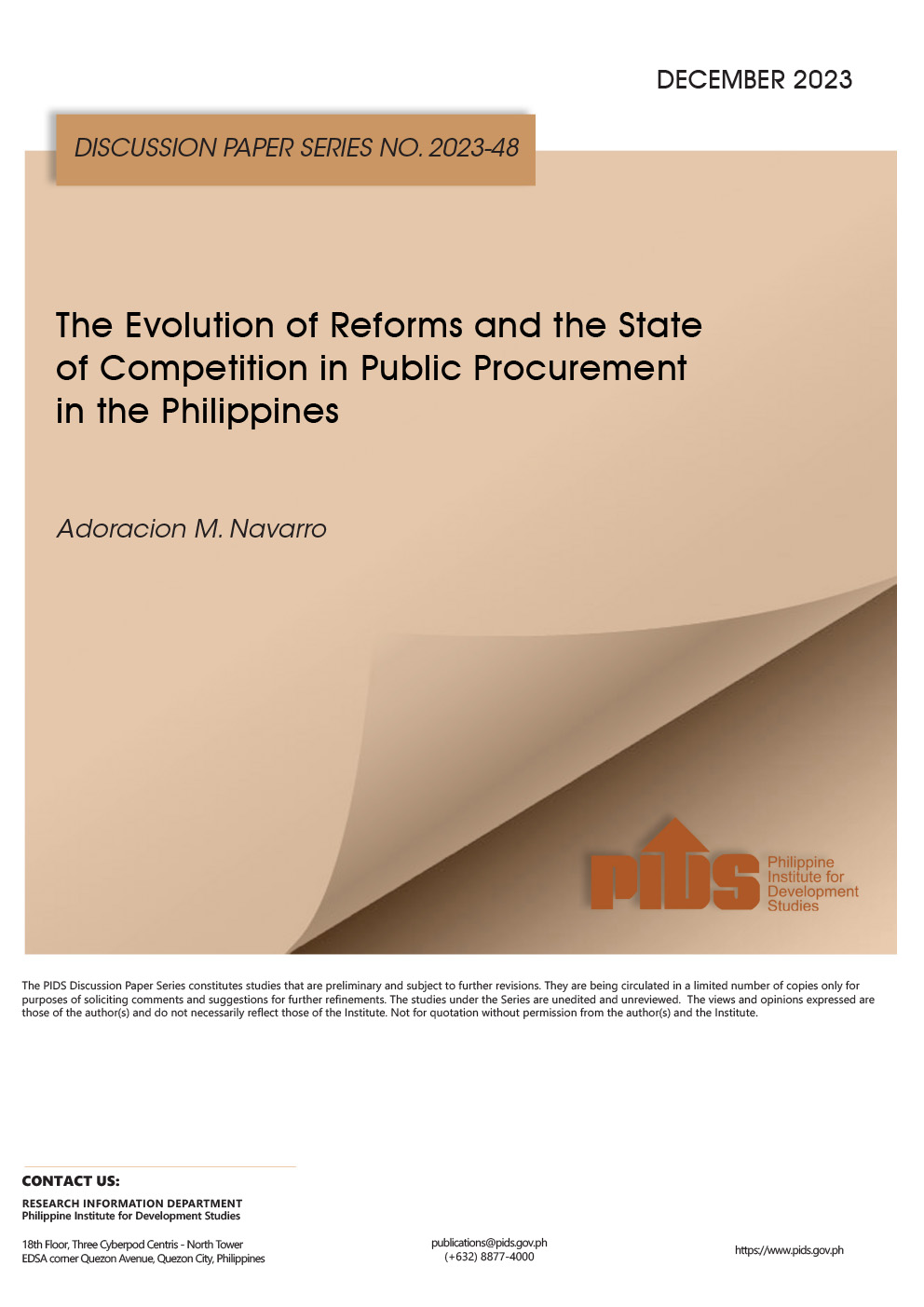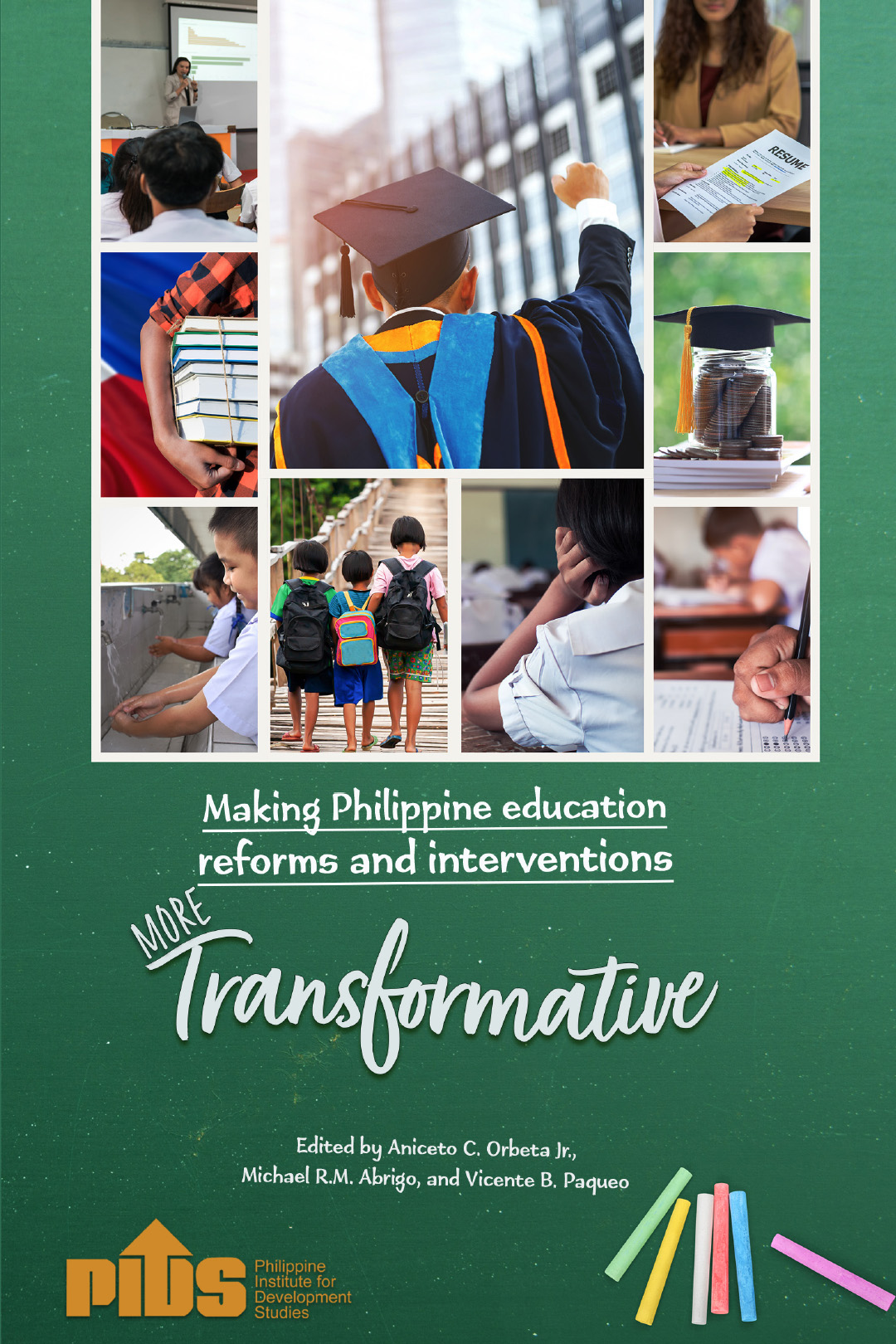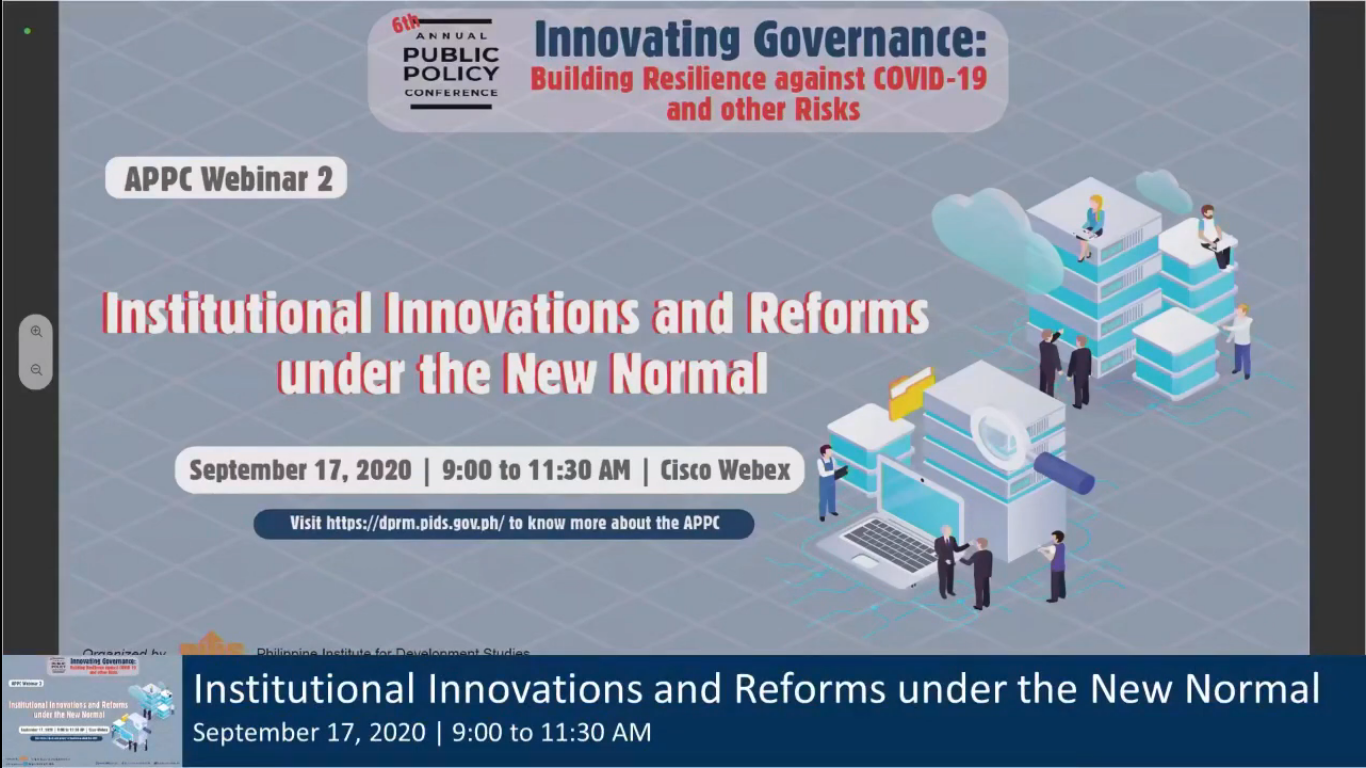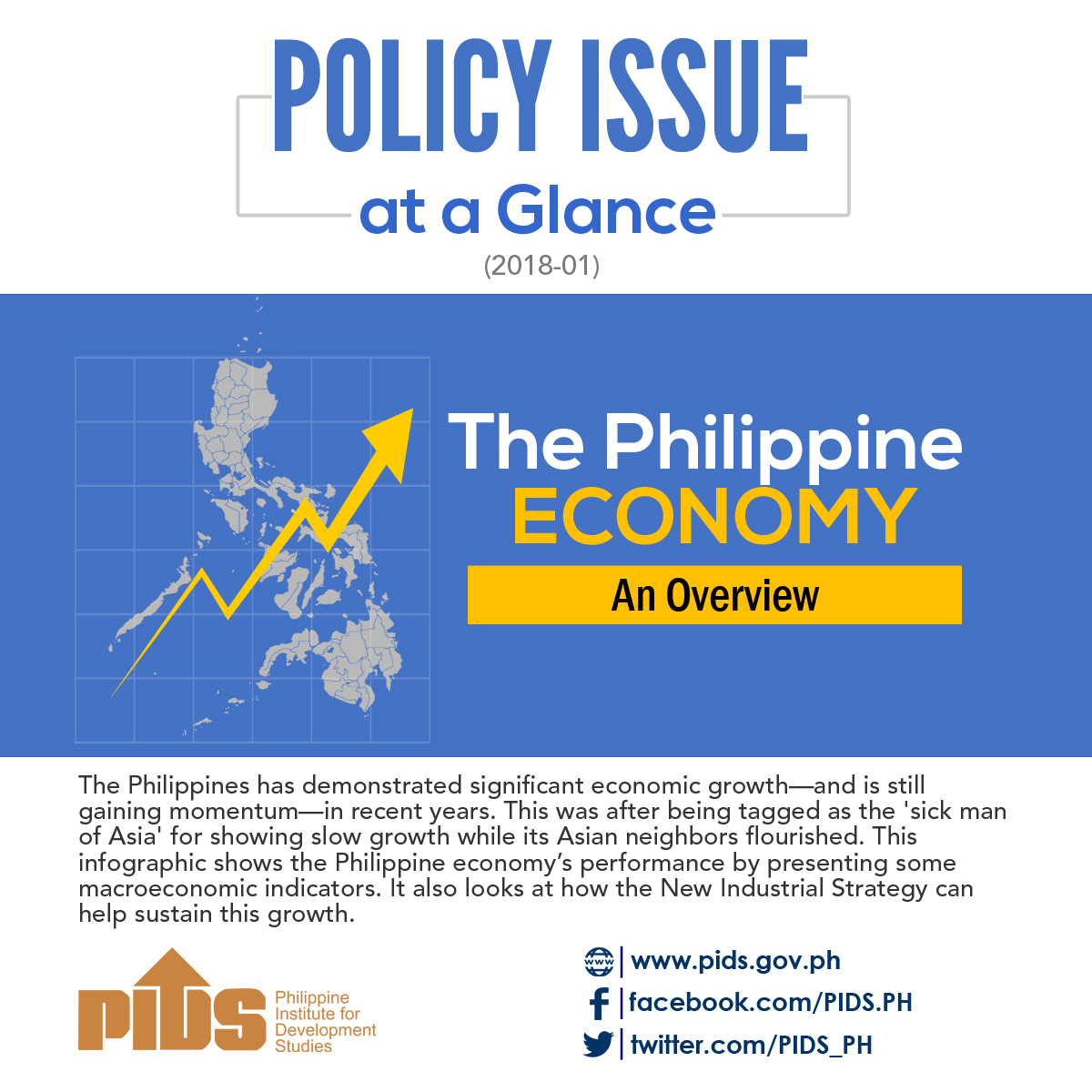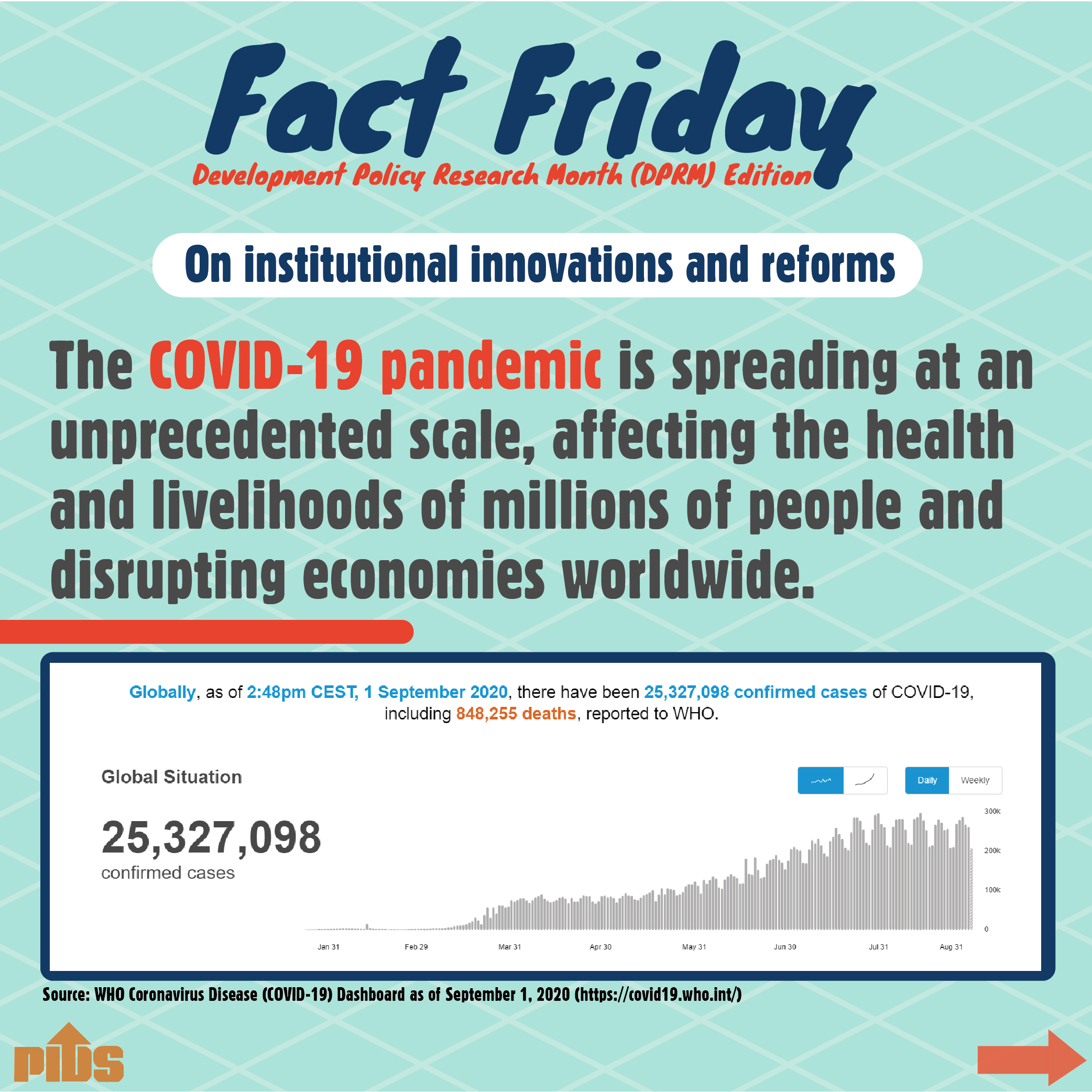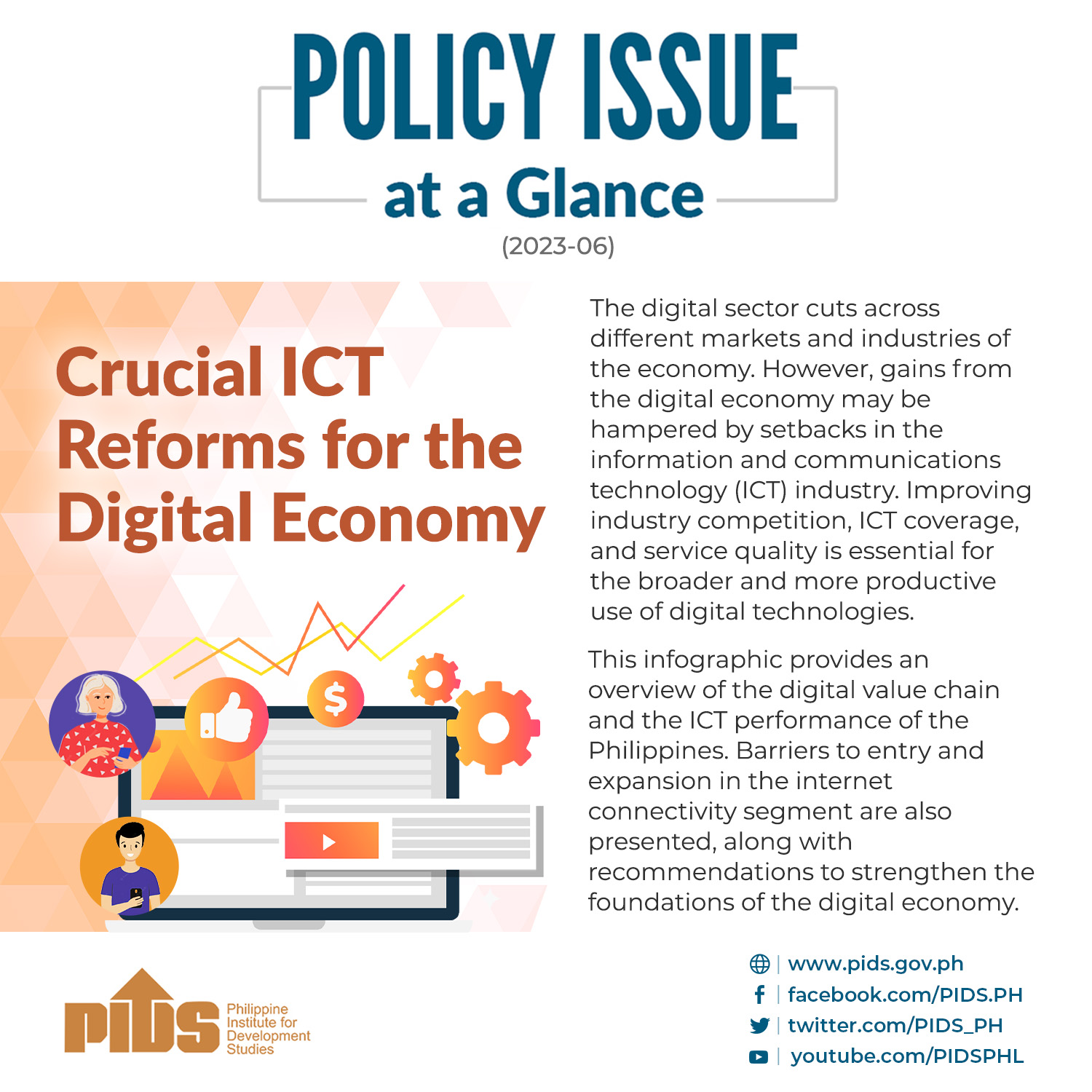The Philippines should implement strong medium-term structural reforms to ensure growth even during a very destructive calamities, according to an expert in international business and investments.
In a seminar-forum at the Philippine Institute for Development Studies (PIDS), Dr. Dan Steinbock said nations that have adopted strong medium term structural reforms tend to outgrow even the most brutal calamities.
In the Philippines, the lack of preparation for such natural event caused the national government and several provinces to literally fall on its feet right after typhoon "Yolanda” slammed Region VIII provinces last Nov. 8, 2013.
Steinbock, research director for international business at the India, China, and American Institute in the United States, said it is not yet too late for the Philippines to adopt measures that will make it more prepared in case a similar destructive calamity occurs anywhere in the country.
"The impact of typhoon ‘Haiyan’ prevented the economy from ending the year on a high note,” Steinbock said. "The typhoon did affect agricultural production, which will increase price pressures in near term, and upside risks to core inflation, which could be exacerbated by strong aid-related capital inflows,” he added. Moreover, the country should sustain its momentum, he said. It is important to know where the country is headed to even after President Aquino ends his term in 2016, Steinbock said.
He lauded the country’s fiscal situation as shown by the decline in the debt-to-GDP ratio, but said it was important to know if the result of fiscal reforms was truly structural.
With an overwhelmingly young demographic profile, "economic growth must be accompanied by job creation to address the country’s unemployment rate,” he said.
The manufacturing sector should be a top priority for rapid industrialization, he added, noting China’s refocusing on global manufacturing, which has vastly improved the Chinese economy’s growth potential.
Steinbock also lauded the Philippines’ initiative for public-private partnerships in infrastructure and public services development.
However, more reforms are needed to boost foreign direct investments (FDIs) to the country, he said.
He pointed out that the Philippines’ share of FDI flows to gross fixed capital formation fell to 5.6 percent in 2012 from 10.3 percent prior the 2008 crisis period.
"The country should have reforms favorable for FDIs, given the abundance of alternatives for foreign investors to invest in other Southeast Asian countries and elsewhere,” he said.//

